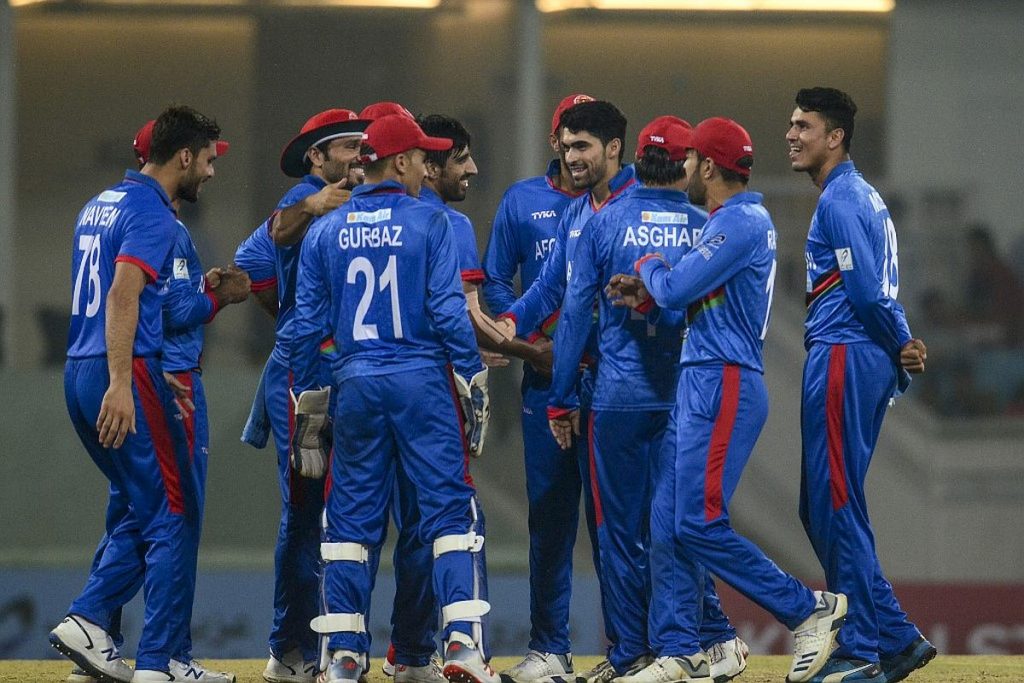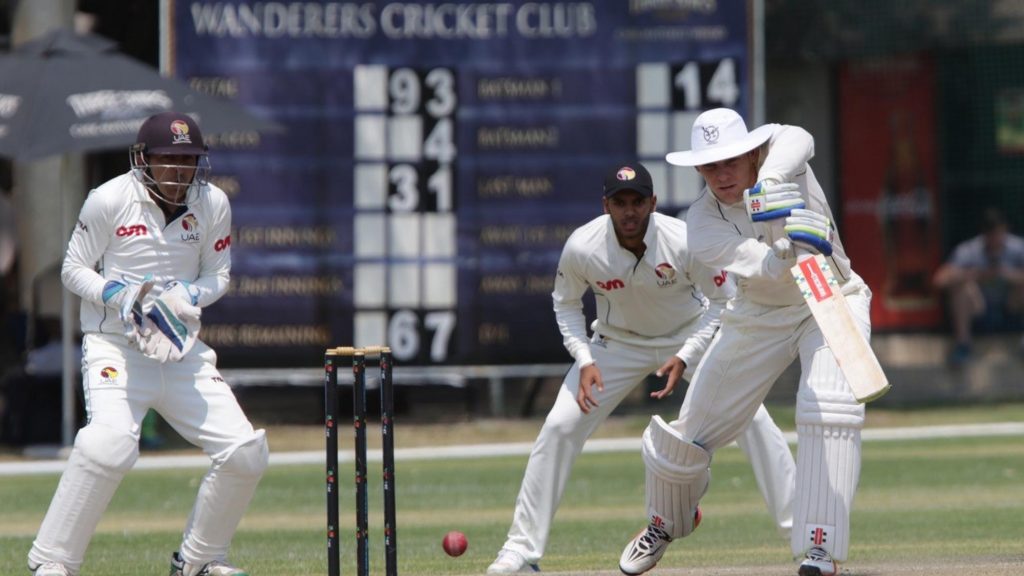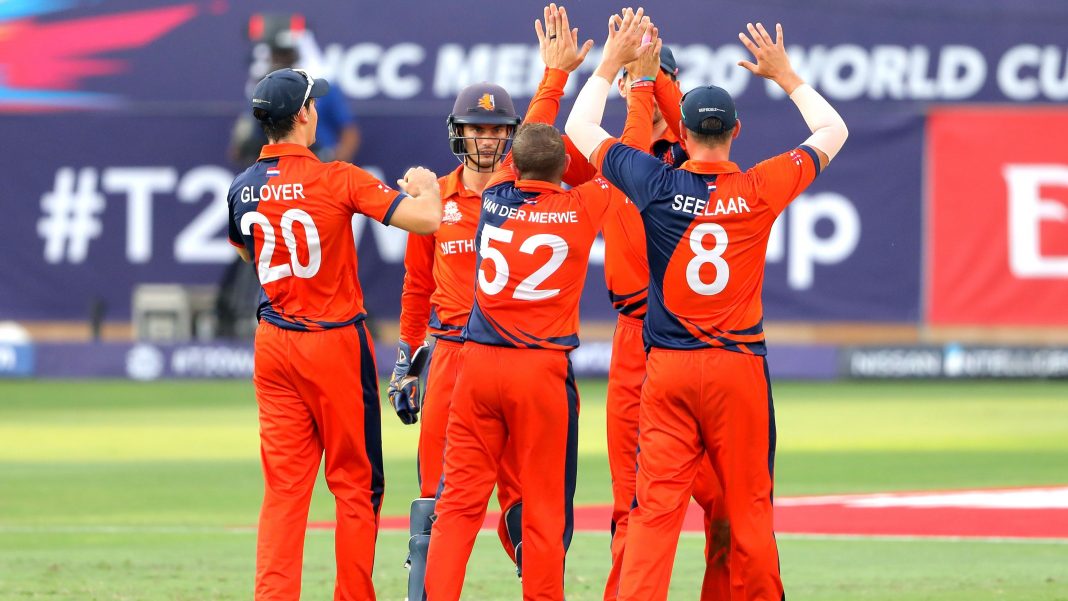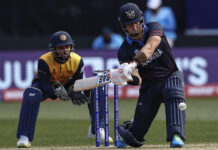In April 2018 the ICC took a bold, and on the face of it, rather surprising step: it decided that as from 1 January 2019 any Twenty20 match between teams representing two member countries would count as a T20 International.
Throughout the previous 108 years of the Council’s existence international status – first in Test matches, then in One-Day Internationals, and most recently in T20 Internationals – had been jealously guarded prizes, to be accorded only to those whose performances on the field, strengthened sometimes by political expediency, seemed to justify the gift.
The same parsimonious approach applied, below the level of the international game, to first-class status (long kept firmly in the hands of the ICC’s Full members) and its ‘List A’ equivalent, which applied similar principles to first-class cricket.
And then, at a stroke, T20Is were thrown open to all and sundry, so that a T20 match between Bhutan and St Helena would have the same formal status as one between England and Australia.
The result has been extraordinary: as the latest media release from the ICC proclaims, 71 of the 92 Associate members played at least one T20I in 2019, with 49 national men’s sides and 29 women’s teams appearing in their first T20I in the course of the year.
These figures represent a 34% increase in men’s bilateral T20Is involving Associates, and no less than a 110% increase in such matches between women’s teams.
As the old, and now politically incorrect joke goes, never mind the quality, feel the width.
It would be absurd to deny that this is, in itself, a remarkable achievement. But it raises some important questions, which the ICC’s narrative of ‘Associate members driving global growth’ serves to obscure.
First, we may ask, if throwing open T20Is to all comers is such a good thing, why are only 20 countries allowed to play men’s ODIs, with women’s ODI status granted to just half that number?
Why, for that matter, is Test status still restricted to twelve men’s teams, women’s Test cricket having virtually disappeared?
It’s not so long ago that the ICC was still touting the idea that every one of its members, Full, Associate and Affiliate, had a crack at qualifying for the one-day World Cup, ‘the cup that matters’, and there was a World Cricket League with eight divisions and 40 teams, with regional qualifying competitions below that.
Most of those games, of course, were outside the hierarchical structure of ODI and List A status, but they provided regular 50-over competition between teams from different regions and a promotion-relegation system which had enabled the rapid progress of an emerging nation like Afghanistan.

Now there are those 20 countries with ODI status, seven of them only temporarily, with a further twelve, playing in the new Challenge League, accorded List A status as long as they stay there.
What is the rationale for calling a bilateral T20 match between, say, Rwanda and the Seychelles an official T20I, and insisting that a bilateral 50-over match between Denmark and Germany is not an ODI?
The answer, of course, lies in the intricate politics of the ICC.
It is ultimately linked, as everything in sport is these days, to money.
It starts with the determination to run a 10-team World Cup, a regressive decision opposed by many, and whose inferior tournament structure was papered over in 2019 by an amazing final, and before it, an upset win to Sri Lanka which stopped a fortnight of dead rubbers.
Apparently it’s what the TV moguls want, however. Nine guaranteed games to major nations mean the biggest payday.
Part of the quid pro quo for this is a mildly expanded men’s T20 World Cup with a rather more open qualification process, although even that competition is split into a first phase which is really another qualifying tournament and the main, twelve-team event.
It is now the T20 format which is being marketed as the way forward for the ICC’s Associate members, with the theoretical possibility of qualifying for the T20 World Cup held out as their long-term goal.
Opening up T20I status is part of that marketing strategy, clearly evidenced by this week’s trumpeting of progress, but we have to understand that the other side of that coin is the protection of the ODI closed shop and a 10-team World Cup.
And there is another sense in which this week’s ‘good news’ hides a depressing financial fact.
The global development structure of ten years ago was expensive for the ICC: with the four-day Intercontinental Cup and the expansive World Cricket League, the demand upon the Associate and Affiliates budget was considerable.

Much of that system has now disappeared, the regrettable demise of the Intercontinental Cup having been neatly achieved by the ICC’s pronouncement that it could continue only if the participating countries agreed to pay for it themselves.
Several years ago I had a spirited argument with the then Global Development Manager, who contended that the Associate and (at that time) Affiliate members needed to shoulder more of their financial burden themselves, through local sponsorship arrangements, this at a time when their opportunities to play international cricket were being severely curtailed.
It is this that the new emphasis on bilateral T20Is has helped to achieve: such matches are self-funded, and while the ICC proudly boasts of the $31.8 million it allocated in direct member funding in 2019, this is tiny by comparison with the vast sums trousered by the Full members, and less in real terms than the Associates and Affiliates were receiving five or ten years ago.
So yes, let’s celebrate the greater volume of international cricket now being played, but let’s also remember that the overall strategy of the ICC remains, ‘to those that have shall be given!’






